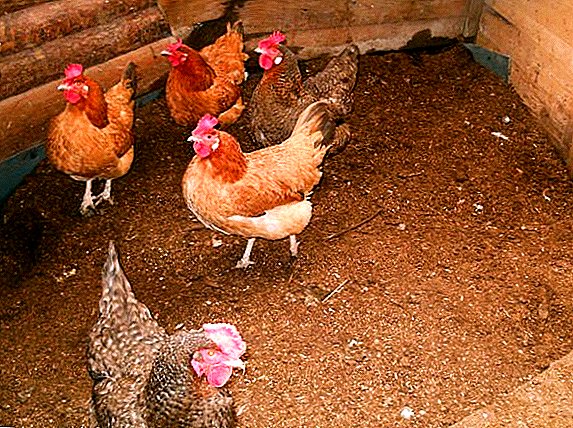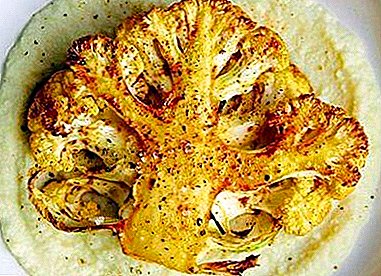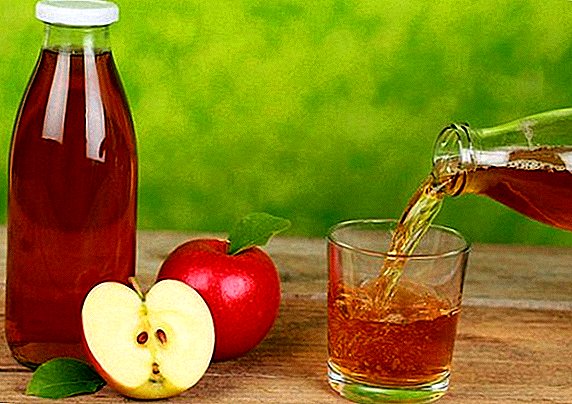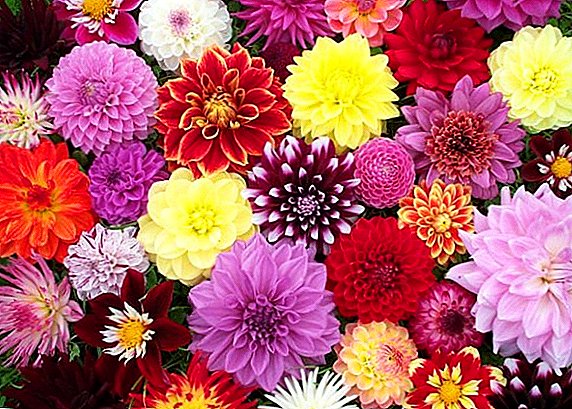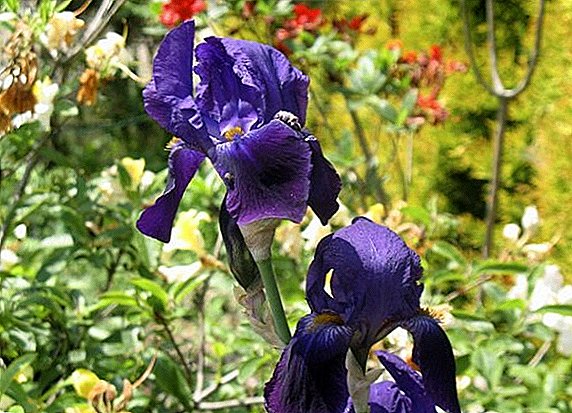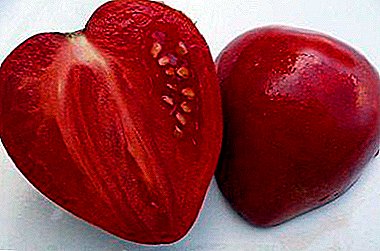
No matter how hard the gardener tries to keep his pets in comfortable conditions for them, sometimes it is not possible to avoid some diseases that will spoil the appearance of the flower and may even lead to its death.
Basically, many of the diseases that houseplants fall ill with are caused by improper care, watering, and an unfavorable environment.
Manifestations of diseases, causes, treatment
Leaves turn yellow and dry
The leaves or their tips first turn pale, then turn brown, dry, a symptom sunburn.
Why do leaves of arrowroot turn yellow and dry? She does not like bright light, especially getting into her direct sunlight. She likes soft diffused light.
If you notice similar symptoms on the leaves - immediately move the plant to another place, less bright, or make the light diffuse. To do this, you can shade the window with matte paper or cloth.
In the photo a selection of dried leaves at arrowroot:





Tip:For the plant to recover faster, feed the flower.
Why are the leaves curled?
 Why does the arrowroot leaf curl? Yellow and dry, fall off, slow growth of the plant, yellowing of the lower leaves - all these are symptoms not enough humid air or dry soil. Or both together.
Why does the arrowroot leaf curl? Yellow and dry, fall off, slow growth of the plant, yellowing of the lower leaves - all these are symptoms not enough humid air or dry soil. Or both together.
How to save maranth? Remove dead leaves, surround the flower with wet peat - it has an increased moisture capacity and will moisturize the plant well. Keep the flower away from batteries in the winter.
Use household humidifiersSpray the leaves regularly. Excessive air dryness can damage the plant with a spider mite.
Tip:To humidify the air, you can spray the fabric of the curtains below with water, where the batteries are located. Heat from the batteries will help to humidify the air faster.
Do not forget to keep the soil when wet. In summer, the flower requires abundant watering, in winter - moderate. Do not overmoisten the soil too much, otherwise the plant will fall ill.
Important: water for irrigation should be warm, soft, have a low calcium content or its absence.
Rot trunk and rhizome
Rot trunk and rhizome - overmoistening of the earth, cold.
The stems have not yet completely rotted - there is a chance to save Marant.
 Urgent move the flower in another pot, removing all rotten. Fertilize the soil with a mixture of decorative indoor plants.
Urgent move the flower in another pot, removing all rotten. Fertilize the soil with a mixture of decorative indoor plants.
In autumn and winter, reduce watering. Keep the temperature at a plant-friendly level - in summer from 22 to 25 degrees Celsius, in winter from 15 to 20.
Yellowish brown leaf tips
Yellowish brown leaf tips, slow growth - lack of nutrition.
It is required to feed the plant with mineral-organic fertilizer. Feedings are carried out all year round, in spring - in the summer - once every two weeks, in the fall - in the winter - once a month.
Important:Maranta does not like overfeeding, so reduce the rate by half. Dilute fertilizer with a double portion of water.
Brown spots
The appearance on the leaves of brown spots - waterlogging by spraying. Try to spray less carefully, away from the plant.
Pests
Spider mite
It affects the leaves, settles mainly on their reverse side. The leaves brighten, turn yellow, they have white spots, cobwebs. Soon the leaves fall off.

Spider mite is a small arthropod. It is barely noticeable to the naked eye, has size 0.2-0.4 mm, translucent, greenish or yellowish red. It is a dangerous parasite that can cause the plant to die.
From solutions of tobacco with soap, the effect is minimal, to defeat the pest is better to apply toxic chemicals.
Important: only acaricides are effective for getting rid of spider mite eggs.
Marantor for spraying should be taken out of the room.
Important: take precautions as any pesticides are harmful to health.
Need to carefully irrigate the trunk and leaves. If you apply acaricides, re-treatment is required in a week. In the case of insecticides, the treatment must be repeated more than three times.
To prevent infection, spray the plant regularly with cool water, moisten the air, rinse the Maranth, and keep it clean. Inspect periodically.
Mealybug
It affects the leaves of Maranta. Leaves dry, fall off. Shoots stop growing, the plant fades. The parasite is found easily - cotton leaves appear on the leaves, with which the pest covers itself.

Mealybug is a sedentary arthropod size from 3 to 5 mm, on its back there are transverse grooves and on the edges it is covered with white bloom, resembling flour, which is why its name originated. The insect feeds on the sap of the plant, while injecting its poison into it. This creates the conditions for the fast wilting of the flower.
If the parasite is detected in a timely manner, you can cope with it by washing the leaves of Maranta with a soap solution (20 g of soap per liter of water). You can use a cotton wool moistened with an alcohol solution diluted to forty degrees.
Important: wash the surface where the plant stands.
If the flower is severely affected by a parasite, it is necessary to apply chemicals such as mosplan or fufaphone. The procedure is performed three times with an interval of a week.
Shchitovka
It affects the leaves and stems of the plant. The pest sucks the juice of the flower, weakening it. Shoots bend, Maranta's growth slows down significantly. On the leaves, a sticky plaque forms - the parasite is excreted. A fungus can develop on the plaque, which will further aggravate the situation - the plant will have nothing to breathe and it will die quickly.

Shchitovka is a relative of the mealybug, it also drinks the sap of the plant and releases its poisonous substances into it, only this parasite is even more cruel and invulnerable. In a few days, pest colonies can cover the entire plant.
Shchitovka have dimensions from 0.5 to 5 mm, on top they are covered with a wax rounded flap of a brownish shade, which protects them from external influences and makes them almost invulnerable to insecticides.
In the case when the parasite has just begun its development, measures should be taken to destroy it.
Since this pest is very difficult to fight, the destruction of the parasite is carried out in several stages:
- Rinse Maranth under the shower with a water temperature not higher than 40 degrees. Thus, the part of larvae and adult insects will be washed off.
- Next, you should carefully wipe the leaves with a soapy sponge or cotton wool moistened with 70% alcohol, removing all pests.
- Then dry the Maranth and process it. bitoxibacillin and veritmekom.
- A week later, the whole cycle must be repeated regardless of whether you see the parasite (the larvae are very small, they can be overlooked).
Important:Insecticide spraying can only be done on dry leaves.
 Take the treatment of a plant very seriously - just one live larva will negate all your efforts - after a few days, the plant will again be covered with a sticky coating.
Take the treatment of a plant very seriously - just one live larva will negate all your efforts - after a few days, the plant will again be covered with a sticky coating.
Maranta is a heat-loving flower that requires careful care (about the features of caring for arrowroot at home, read here, and from this article you will learn about the rules for growing the tricolor subspecies). Even excessive airing of the room can affect her health. All diseases are associated precisely with improper care for her. Therefore, careful attention and care for this beautiful plant will contribute to its health for a long time.


